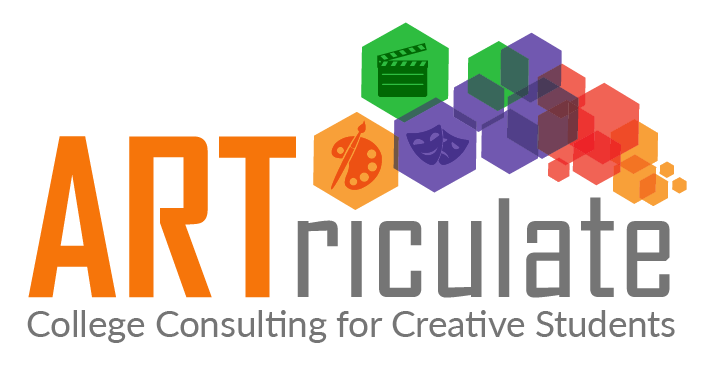Common Application Explained
Updated August 2024
Every year, on August 1st, the Common Application (also known as the Common App) opens for the new college admissions application cycle. Using the Common App allows students access to an organized, streamlined college application process for the 1,000 schools which participate. The beauty of using this platform is that students can apply to multiple colleges and universities all at once (up to 20), and input their personal information, grades, test scores, extracurricular activities, and personal statement into the app just one time and then select the schools to which they submit applications.
The Personal Statement requires you to respond to ONE of the seven Common App essay prompts. The optional COVID-19 and natural disaster question will also be offered in the Additional Information section. The best personal statements allow you to be the star of the application and tell the admissions reader why you would be a great addition to their community of students and alumni.
Here is a brief explanation of the different parts of the Common App.
Profile. This section is where the student’s name, contact information, social security number, address, and citizenship is input into the application. Demographic information is optional.
Note: If the student is an undocumented immigrant they can attend college. FERPA prohibits colleges from disclosing immigration status and no federal law requires proof of citizenship to attend college. Many states have “tuition equity” policies that permit undocumented immigrants to pay in-state tuition. Although Georgia, South Carolina, and Alabama have placed restrictions to not allow undocumented immigrants to attend public universities.
Family. In this section the student’s parents and siblings are profiled (marital status, ages, occupation, and highest level of education).
Education. The student’s high school, classes, and the high school GPA are recorded in this section. The application permits up to five entries for honors or awards. The best strategy is to enter your student’s best and highest achievements earned in high school. Good things to include may be art awards, publications, AP Scholar awards, or making the Honor Roll. Any athletic awards should be listed in the Activities section.
Testing. This section is for self-reporting standardized test scores for SAT, ACT, SAT subject tests, and AP exams. During the pandemic, many schools moved to a test-optional policy, test optional schools are listed at FairTest.org. As of this writing, about 80% of colleges and universities have continued with this policy. The decision to submit standardized tests is more strategic now. Here are some of our recommendations for deciding whether or not to submit test scores.
Students are responsible for sending standardized test scores to the schools. Students may send scores to four different schools free of charge when they schedule tests, we don’t advise students to submit scores before they review them. There are SAT and ACT fee waivers for eligible students.
Activities. Students can list up to 10 extracurricular activities and volunteer hours in this section. This is a great place to highlight the student’s creativity and passion for things that matter to them. Be concise and compelling - the entry descriptions are limited to 150 characters! Here is a list of do’s and don’ts.
Writing. Students are required to write a personal statement response to ONE of seven prompts. This is the main essay and should give admissions officers the overall picture of an applicant. The optional COVID-19 question will also be offered in the Additional Information section. Some schools require applicants to respond to additional “supplemental” prompts. Read our blog about why we recommend using the supplemental essay to offer additional details or points of interest to support their Personal Statement narrative.
Courses & Grades. In this section, the student lists their classes, self-reports their grades and their current GPA. Some colleges and universities require high schools to send official transcripts. Check with the high school to see if there are any fees associated with sending official transcripts to colleges. Some schools require students to complete a Self Reported Academic Record (SRAR).
Some other aspects of the Common App you should be aware of are:
Selecting Schools. Once you have complete the above information you then select the schools to which you are applying. The Common App does not have a specified deadline. Each deadline is school specific and the decision regarding which deadline is best depends on your specific situation. Here are some guidelines for selecting the best application deadline.
Letters of Recommendation. Each college outlines their requirements for recommendation letters. Identify your recommenders early, and send the invitations ASAP. Be at the front of the line when asking someone to write a Letter of Recommendation. Everyone is pushing for meeting the same deadlines. Upload the email address of people providing the letters of recommendation. The platform will send them a unique link to upload their letter of recommendation for that school to the application. Here are some tip for getting strong Letters of Recommendation.
Application Fees. Creating a Common App account is free. Most schools charge an application fee which typically ranges from $25-$100. The fee is processed through the Common App platform before you submit your application. Students may qualify for fee waivers, which you can request individually from schools, and is indicated by checking a box on the application.
